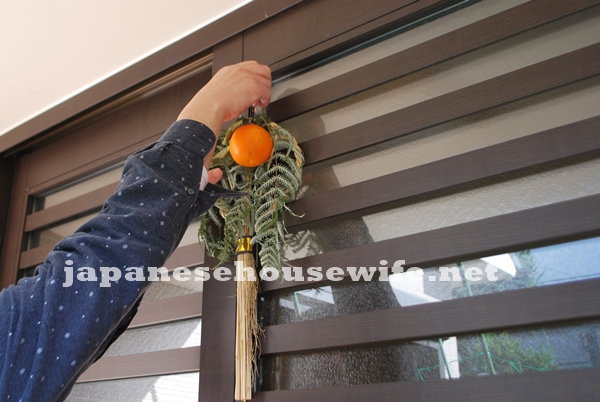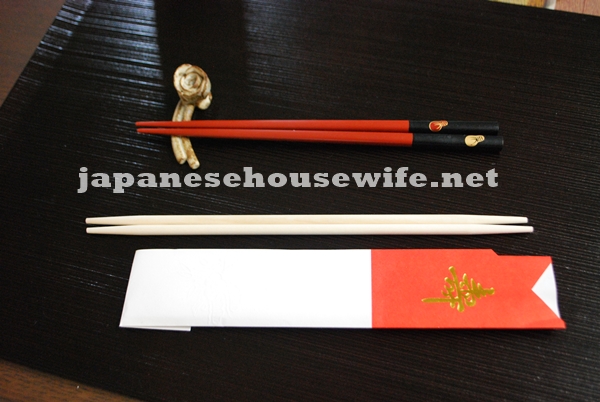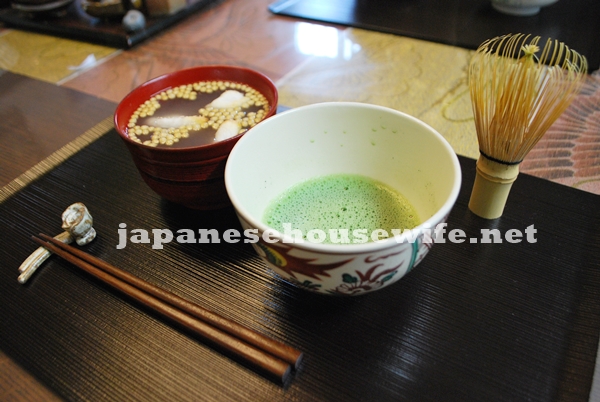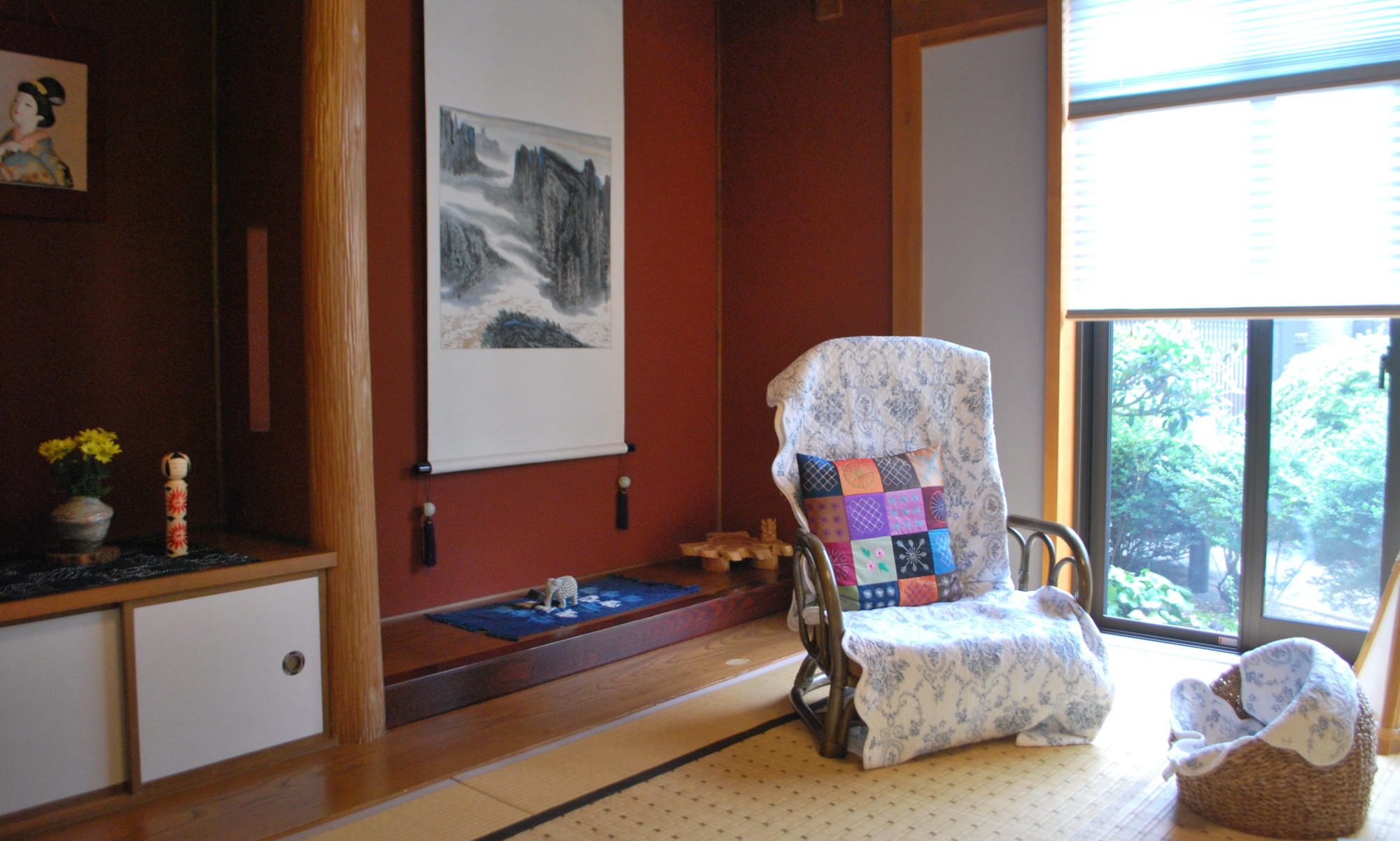On 15th January I removed shimenawa and chopped kagamiochi. It was the last event of a set of events to celebrate the new year.
In some areas of Japan they call 15 (in other areas 7) days of the new year matsu-no-uchi which means days people put kado-matsu at a gate or a door of a house. Matsu means pine tree, and kadomatsu is a New year’s decoration with pine tree which a few people set these days.

This is shimenawa. Nowadays a few people set kadomatsu decoration, on the other hand, many people set shimenawa and we can find many types of shimenawa at a store.
A set of events around the New Year’s day in Japan is hold to welcome Toshigami to their houses. Toshigami is god of harvest and spirit of ancestors and bring happiness to us. We clean our house and set shimenawa to welcome Toshigami and make kagamimochi for the place Toshigami stay on and make osechi for Toshigami.

Both ends of chopsticks used in the New Year’s day are thin unlike chopsticks for every day.
One sides are for us and the other sides are for Toshigami.
Kadomatsu is a signpost or an welcome board for Toshigami. People around my hometown believe that Toshigami leave their houses on 15th Jan. and we remove decorations like kadomatsu and shimenawa. We also chop kagamimochi into pieces and eat them wishing happiness for a year. When we chop kagamimochi we cannot use a knife because it is a sacred thing for Toshigami. We do not “cut” it, but we “hiraku 開く”(open) it. That’s the event kagami-biraki(鏡開き). People think matu-no-uchi as 7 days of the new year hold kagamibiraki on 11th.

Shiruko and maccha(tea).
Kagamimochi get hard and partly damaged by mold till the kagami-biraki day. So many people get rid of mold and toast their pieces and eat them as ingredients of shiruko.
Thank you for reading!

